- All
- Art Centres
- Artist Background
- Artist Interviews
- Collecting Art
- Education
- Exhibit Walk Through
- Featured Works
- Industry Events
- Interior Design
- Key Concepts
- Ochre Painting
- Rock Art
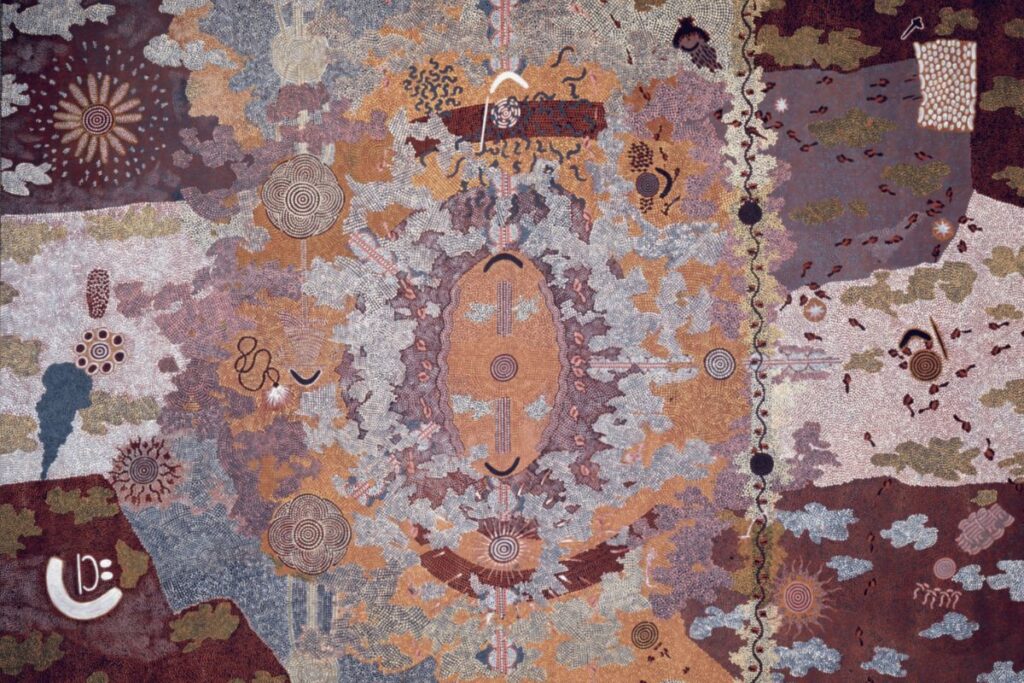
In Dot Circle and Frame: The Making of Papunya Tula Art
Most people interested in Aboriginal art know a little about Papunya and the Geoffrey Bardon story, and several books carry this narrative. In Dot Circle and Frame: The Making of Papunya Tula Art by John Kean, tells a far richer and more complex story. Terri-ann White of Upswell Publishing describes this authoritative book on the…
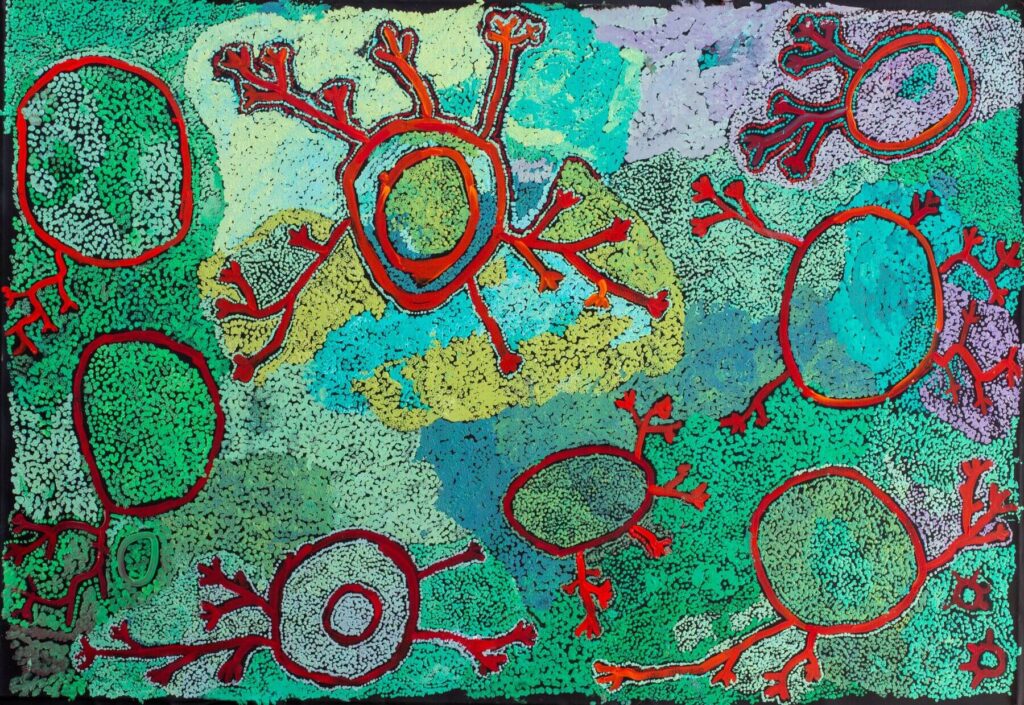
Sun & Shadow: Art of the Spinifex People
Terri-ann White of Upswell Publishing is the publisher of Sun & Shadow: Art of the Spinifex People, edited by John Carty and Luke Scholes, produced in collaboration with Spinifex Arts. Terri-ann describes her role in the project and reflects on the elements contributing to the book’s depth and quality. As she states, Spinifex Arts owns…
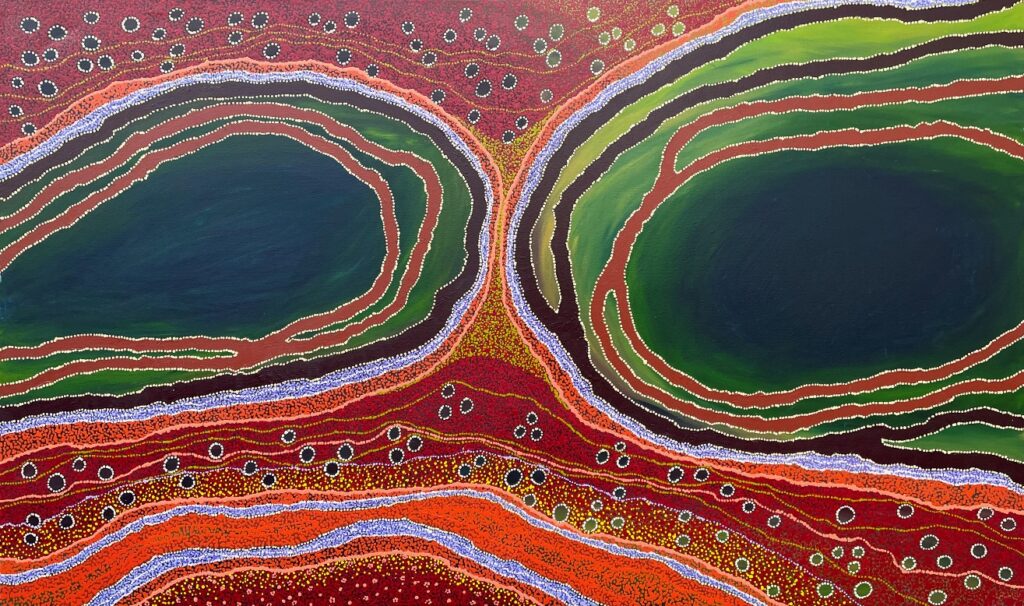
Sonya Edney – Yingarrda Waterholes and Wildflowers
Sonya Edney is an Yingarrda-Wadjarri artist from the Gascoyne region of Western Australia. She launched her first sell-out exhibition at Japingka in 2019 and this was repeated in 2021. Sonya’s powerful work gained more widespread acclaim when featured in a major multi-media presentation, Seven Sisters, at the Western Australian Museum Boola Bardipin 2020. In 2023,…
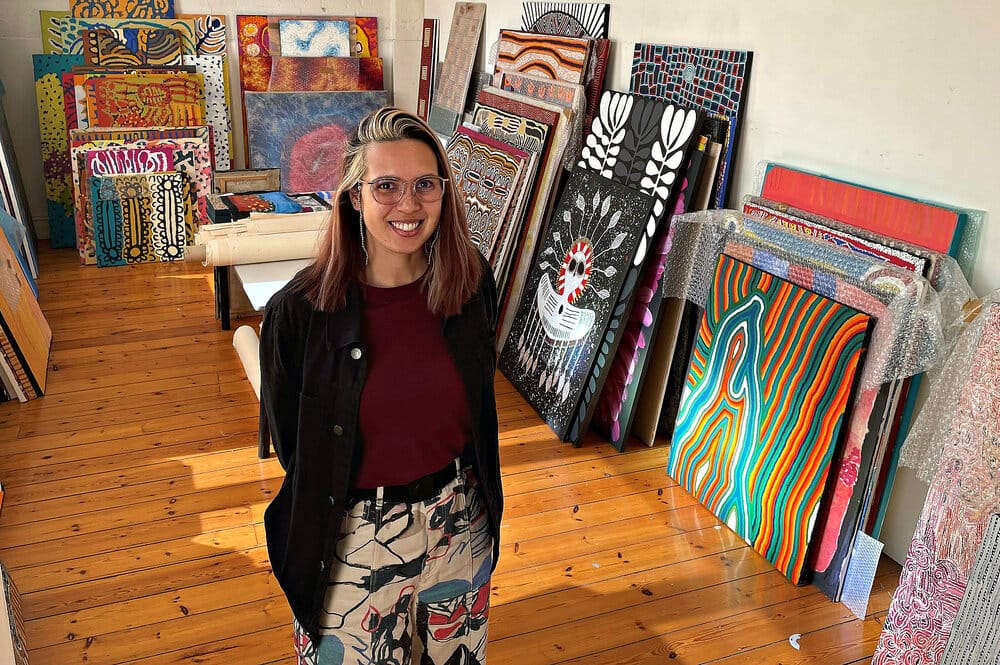
Stories Of Country, Stories of Connection
Jade Dolman is a Perth based mural artist. Here she discusses her work, her growing cultural engagement and her plans for the future. How do you introduce yourself now when you meet people? Kaya, ngany kwerl Jade, which means my name is Jade. I am Whadjuk/Balladong Bibbulmun Yorga and Arrernte woman. I am a full-time…
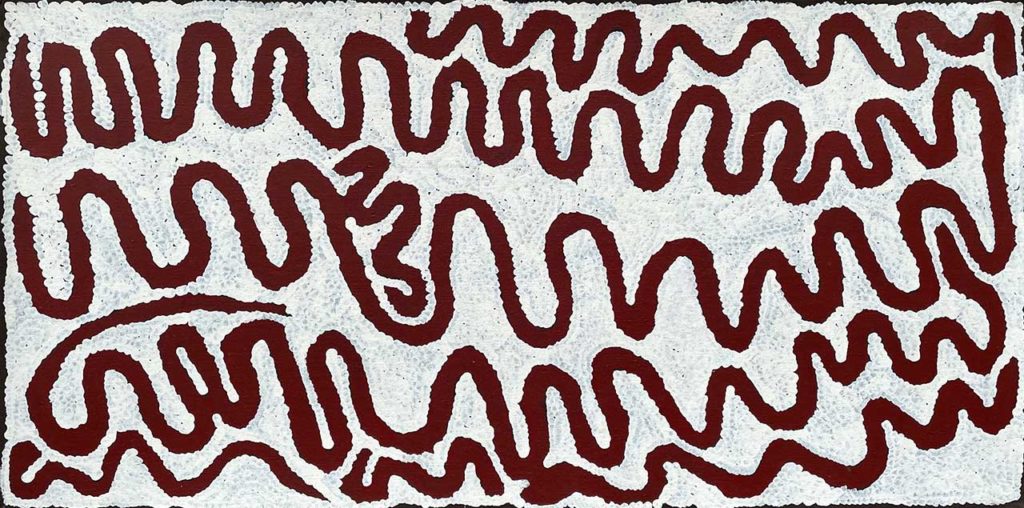
Dr George Tjapaltjarri – Exhibition Walk Through
Japingka’s Ian Plunkett, introduces the Dr George Tjapaltjarri retrospective. Exhibition curator David Wroth walks us through some of the highlights from the exhibition. Exhibition Introduction by Ian Plunkett How did this exhibition come about? It was a bit like the Dorothy Napangardi retrospective we did. It all came out of my longstanding friendship with Roslyn…
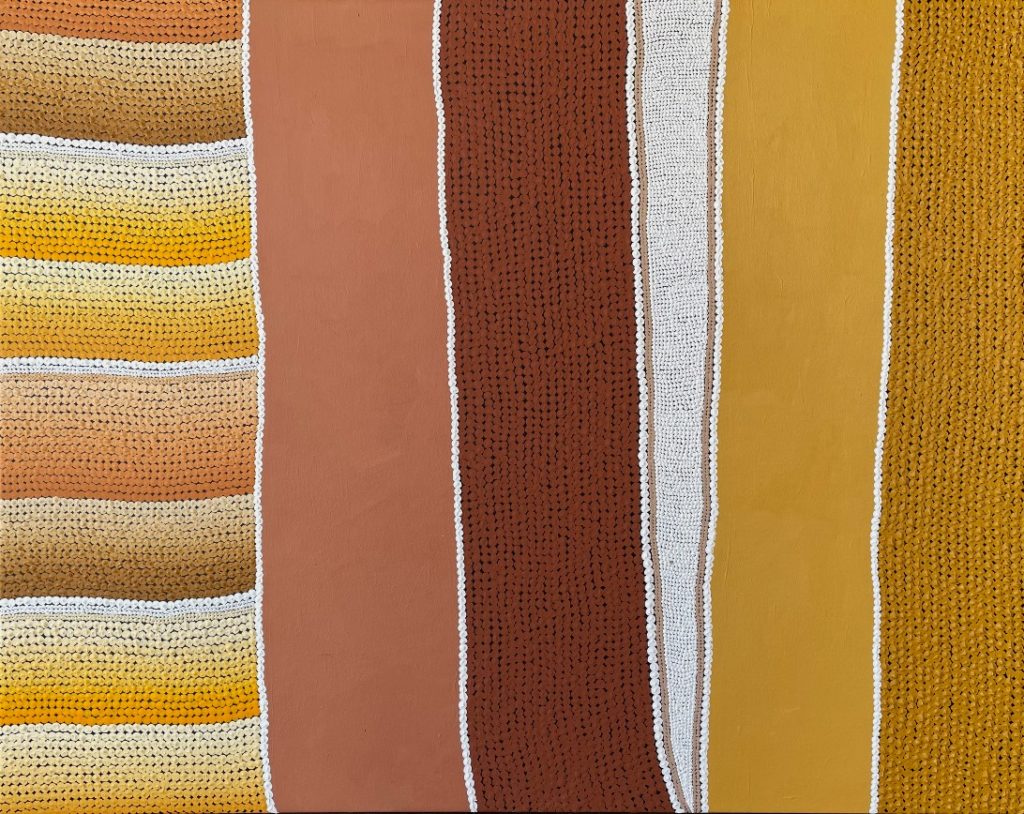
Colours of Ngarrindjeri Country – Exhibition Walk Through
Japingka’s David Wroth walks us through some of the highlights of the 2022 solo exhibition by Amanda Westley in Gallery 2 at Japingka Gallery. This exhibition is Amanda Westley’s third solo show at Japinkga Gallery. In the gallery we have a screen showing some photos of the country where Amanda lives and works. This country…
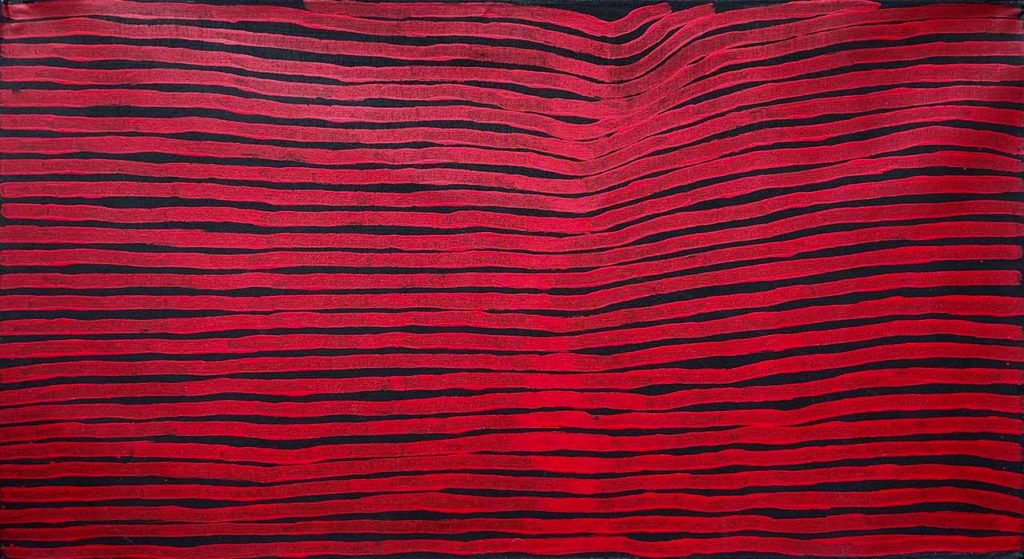
Dr George Tjapaltjarri Interview
Dr George Ward Tjapaltjarri is one of Australia’s most significant Aboriginal artists. During his life he was revered as a ngangkari, a medicine man or ‘clever’ man, possessing exceptional knowledge and healing skills. He was one of the original Papunya group of elders who came together to initiate what became the Australian contemporary Aboriginal art…
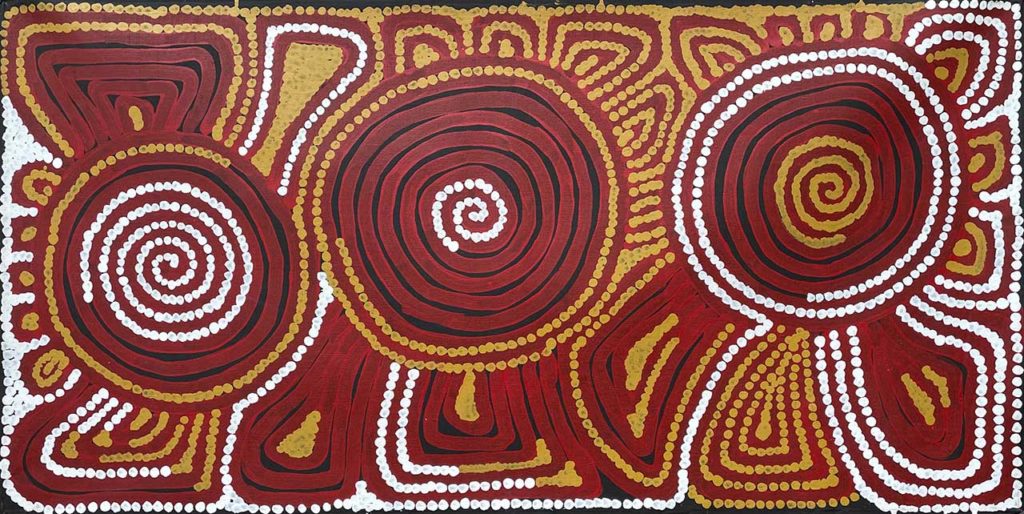
My Memories of Dr George Ward Tjapaltjarri
Roslyn Premont is the Director of Gallery Gondwana in Alice Springs. She first met Dr George Ward Tjapaltjarri when she ran the government gallery, the Centre for Aboriginal Artists, in 1972. That gallery was the focal point for Aboriginal people coming to Alice Springs. People from various communities would drop by to ask who else…
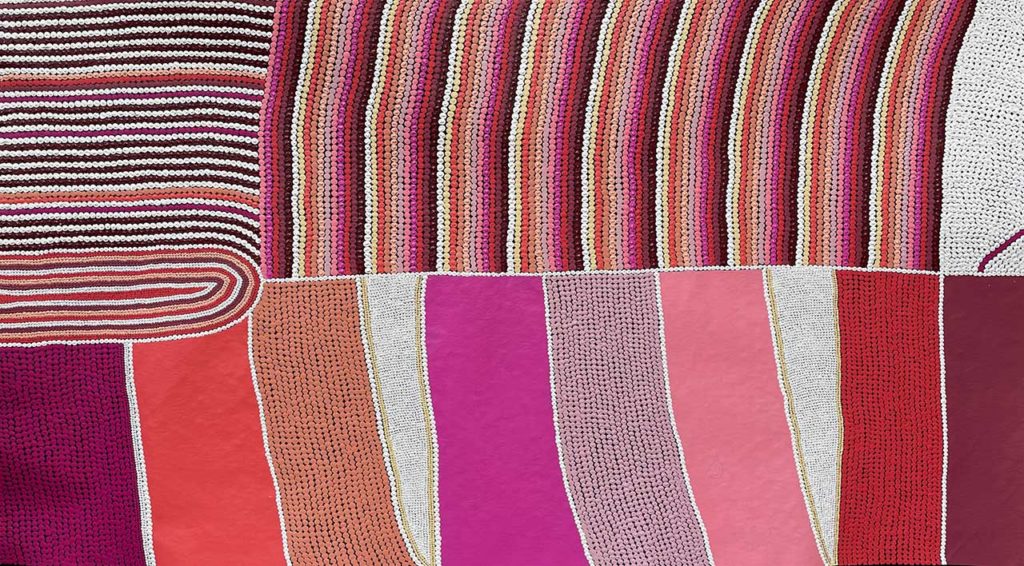
Amanda Westley Taking Ngarrindjeri Art To The World
It’s a big step for any artist to quit their day job to focus on their artistic career. It’s an even bigger step when you’re a single mother supporting a young family. This is exactly what Ngarrindjeri artist Amanda Westley did in 2019. As the world prepared to deal with the uncertainty of a pandemic,…
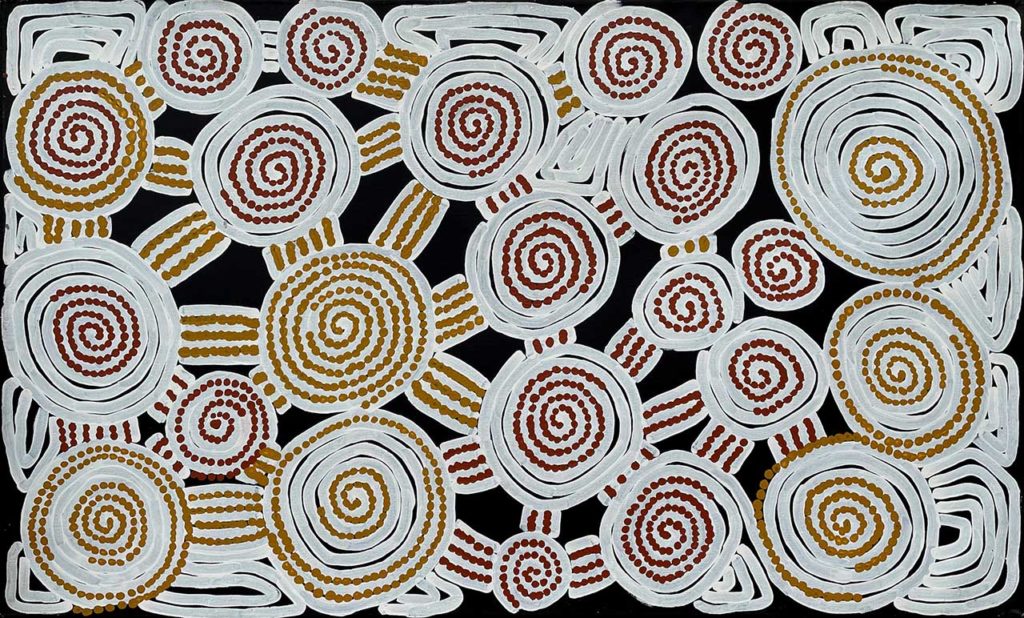
Dr George Ward Tjapaltjarri & Ngangkari Artists
Dr George Ward Tjapaltjarri is one of Australia’s pre-eminent Aboriginal artists, with his works collected by the National Gallery of Australia, the National Gallery of Victoria and international galleries in the Netherlands and the USA. One of the original group of Papunya artists, he was revered as a ngangkari, a medicine man, or ‘clever’ man,…
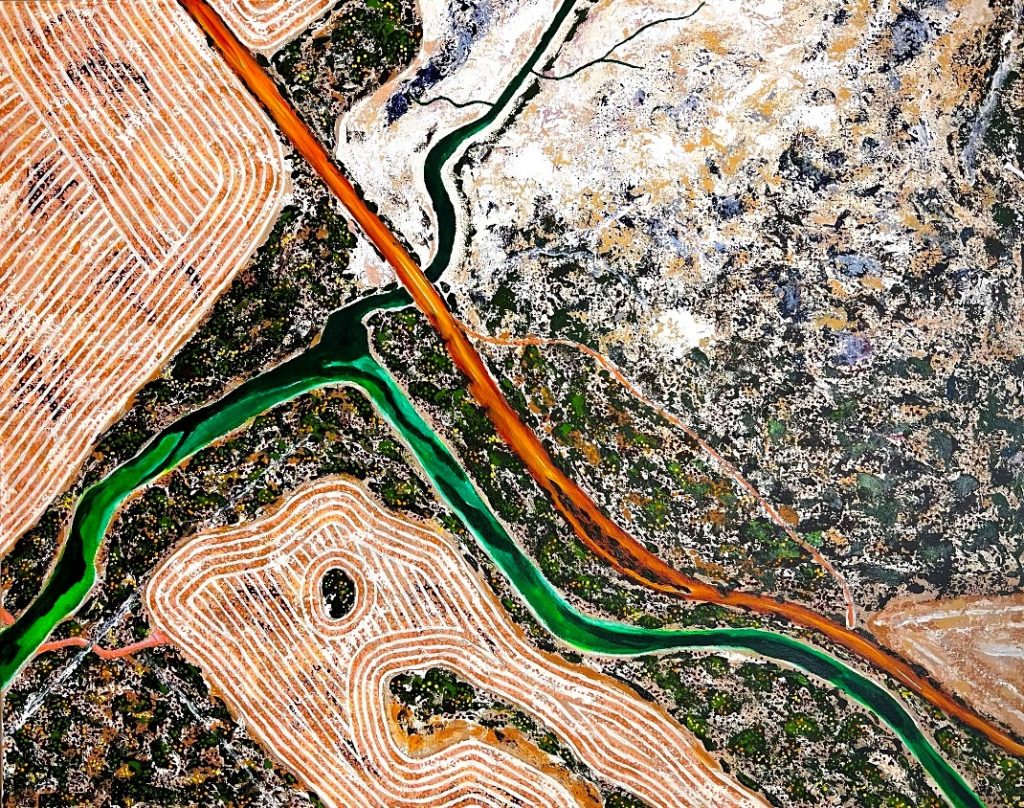
Appreciating Aboriginal Culture vs Appropriation
What is cultural appropriation and how is it different from cultural appreciation? Ballardong Noongar artist Rohin Kickett explores the appreciation and approriation of Aboriginal culture and some questions people need to ask when approaching work from another culture. Cultural Appropriation vs Appreciation Let’s start with a definition of cultural appropriation. Cultural appropriation is taking something…
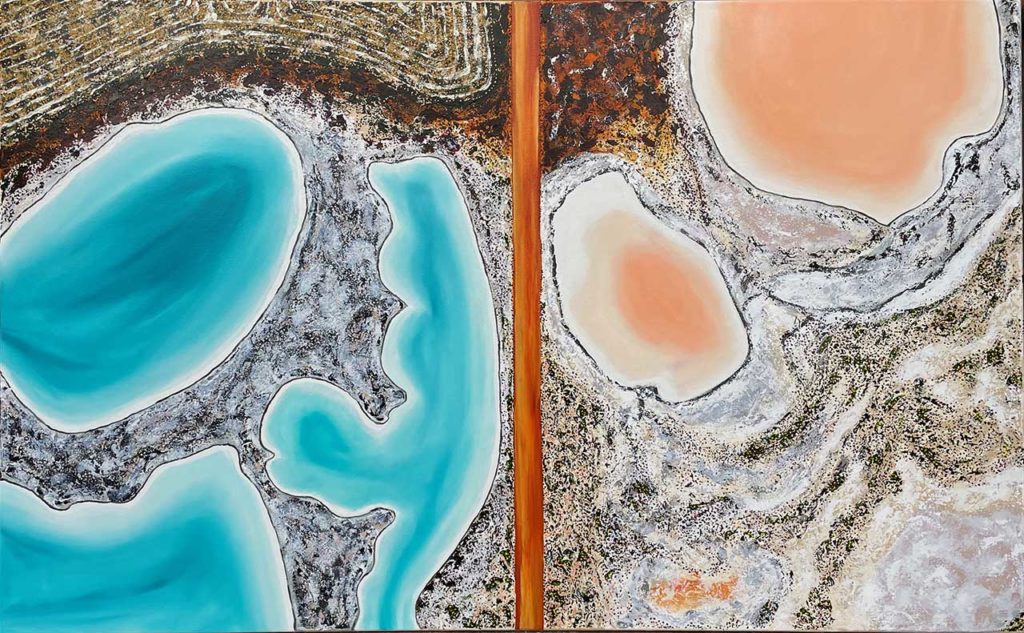
The Ethics of Collaborative Relationships Around Aboriginal Art
How can an Nyoongar arts projects be run to benefit the Nyoongar culture? Ballardong Nyoongar artist Rohin Kickett discusses plans for The Nyoongar Artist Collective and explains the need for ethical frameworks to be developed around art projects and the expression of Nyoongar culture. You are currently working to set up a gathering of Nyoongar…

Sandhill Country – Exhibition Walk Through
Japingka Director, Ian Plunkett, walks us through some of the highlights of the 2022 exhibition Sandhill Country – Paintings of Inland Australia in Gallery 1 at Japingka. Indigenous artists have always been famous for being able to visualise themselves in the landscape from an aerial perspective, even though clearly, they didn’t have physical flight capabilities…
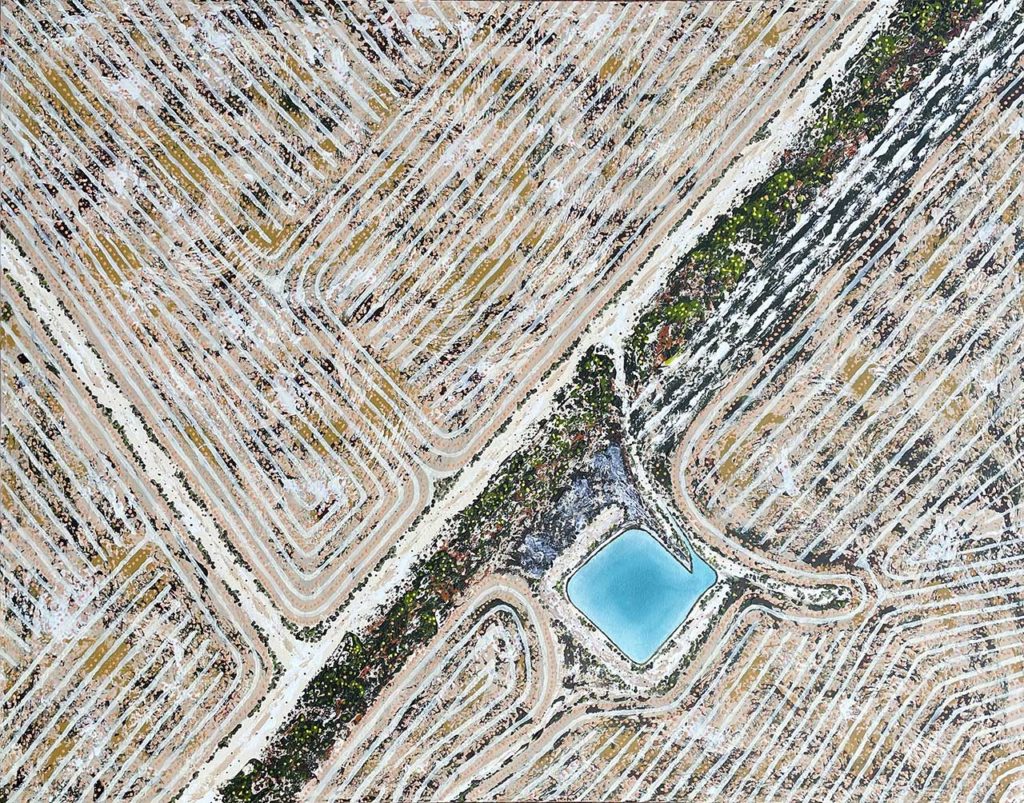
Rohin Kickett – Exhibition Walk Through
Gallery Director Ian Plunkett walks us through the 2022 Rohin Kickett solo exhibition at Japingka Gallery. The two exhibitions opening at Japingka both feature landscape works. They both use different technologies and aspects of landscape painting, and both are aerial views. In the first show, called Sandhill Country – Paintings of Inland Australia, you’ll…
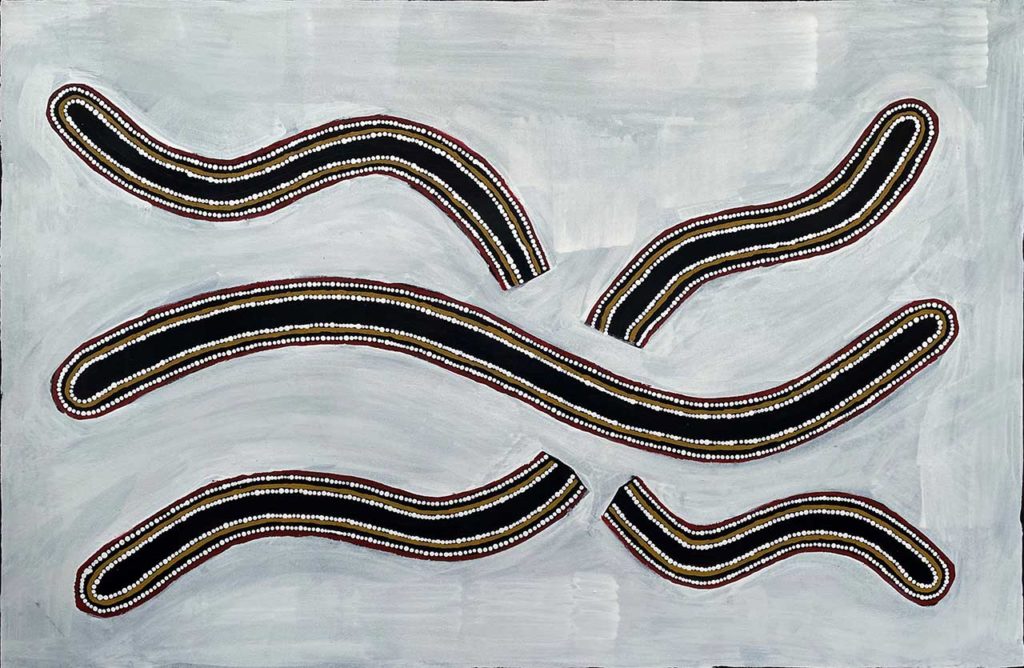
Aboriginal Communities Bring The Berndt Museum To Life
Jessyca Hutchens, curator at the Berndt Museum of Anthropology discusses her role and the work of the Berndt Museum. She reflects on the most recent exhibition by Arlpwe Arts held at Japingka Gallery. Can you tell us about your role? I’m currently the curator at the Berndt Museum, which is a museum at the University…
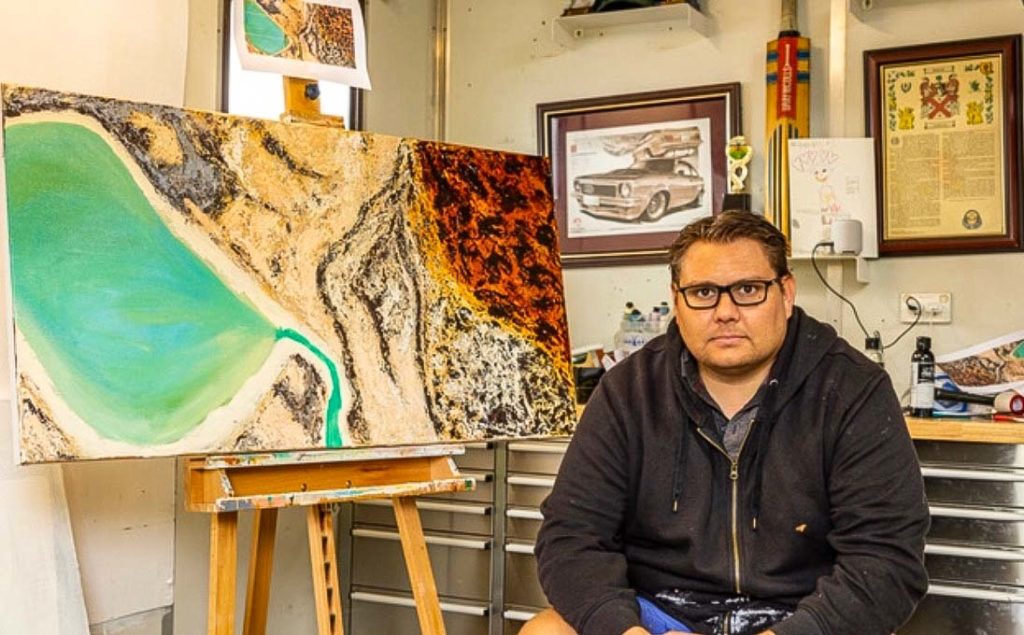
The Rise and Rise of Noongar Art
Ballardong Noongar artist Rohin Kickett discusses the way Noongar art is sometimes approached. Lack of respect from key institutions builds hurdles to developing artistic practice and arts management strength. Cultural Gate Keeping Sometimes I think of our institutions as cultural gate keepers. These are places like our universities and major art galleries. Projects are funded and…
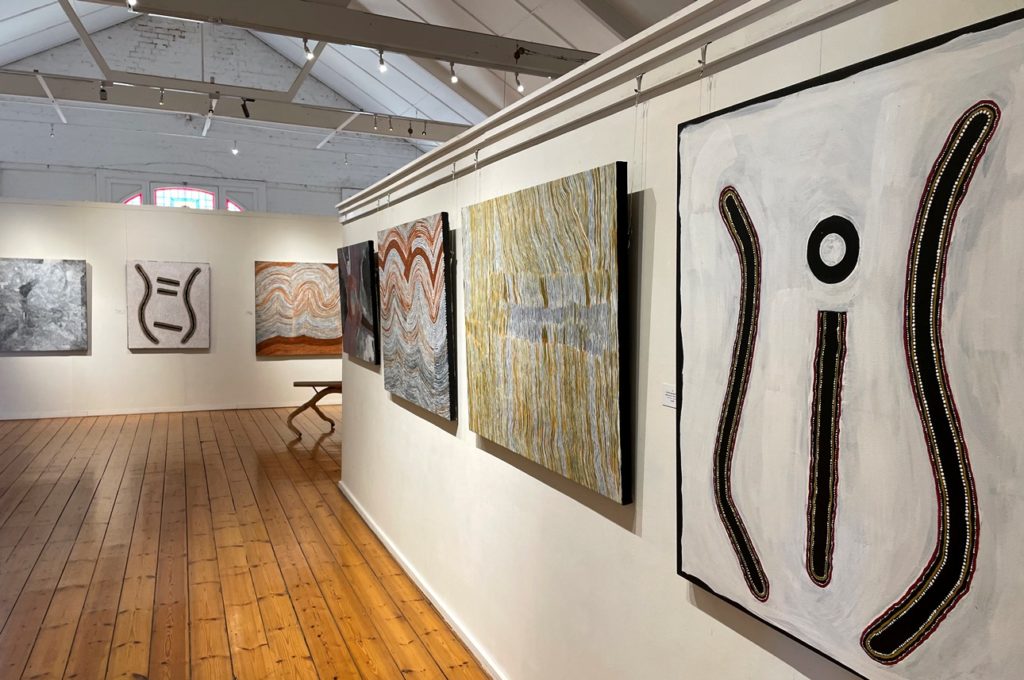
New Artists Of The Western & Central Desert
Dr Darren Jorgensen is a Senior Lecturer and Art Historian at University of Western Australia. He reflects on the exciting new exhibition from Ali Curung and the history of that region and the Western Desert Art Movement. He talks about the difference between seeing works back in the studio and then as a curated collection…
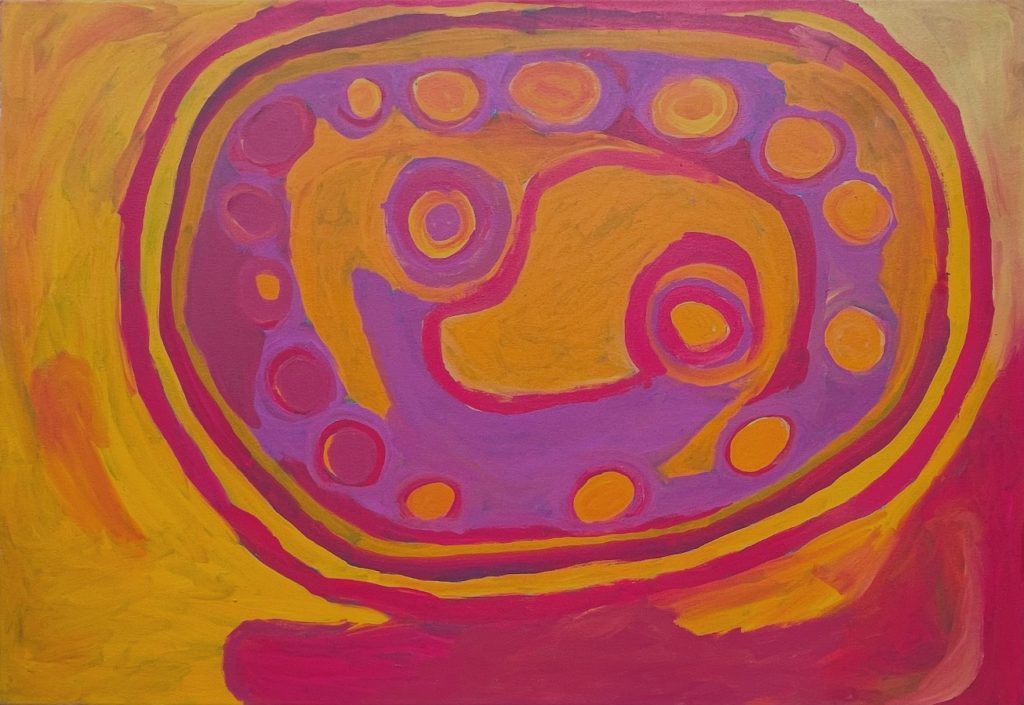
Stumpy Brown – Ngupawarlu My Country – Walk Through
David Wroth shares some of the highlights from the Stumpy Brown 2022 exhibition at Japingka Gallery. He answers some questions about what he observed while working with the late Stumpy Brown. In Gallery 2 we have an exhibition from Nyuju Stumpy Brown. Stumpy was one of the great painters from Fitzroy Crossing area. She…
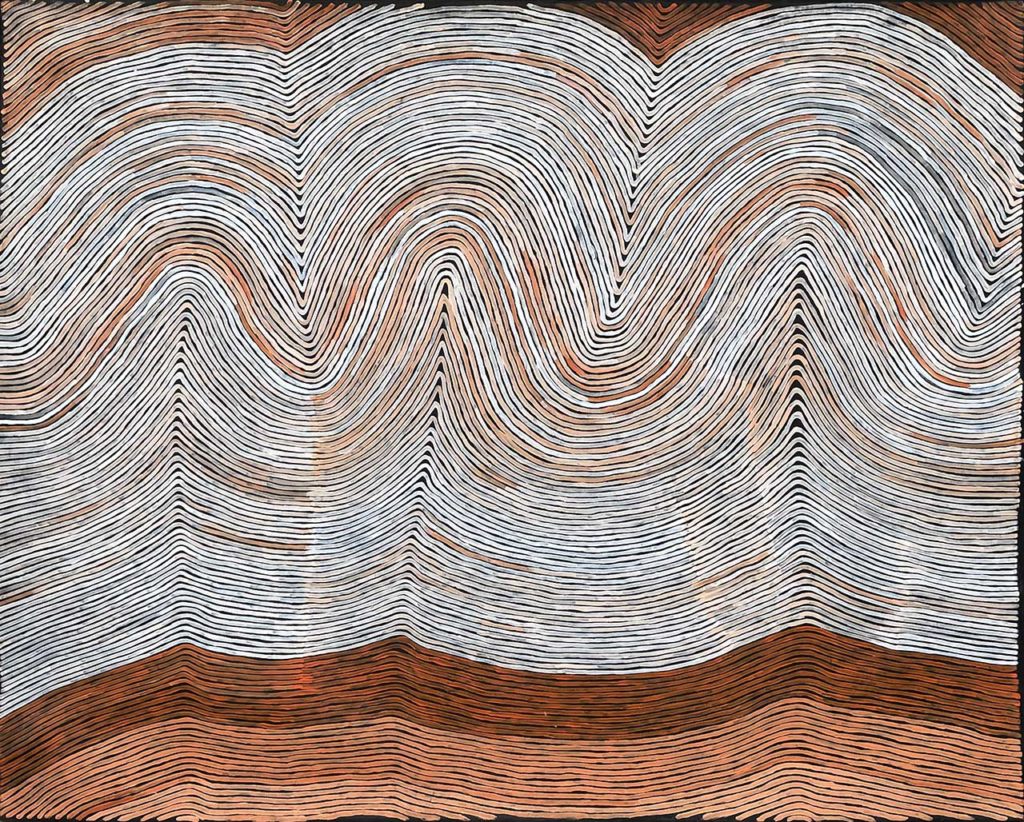
Arlpwe Artists Exhibition Walk Through
David Wroth shares some of the highlights from the Arlpwe Artists 2022 exhibition at Japingka Gallery. Along the way he answers some questions about the artists and art making in this art community. It’s very exciting to have the first ever survey exhibition of works from Ali Curung in Central Australia from the Northern…
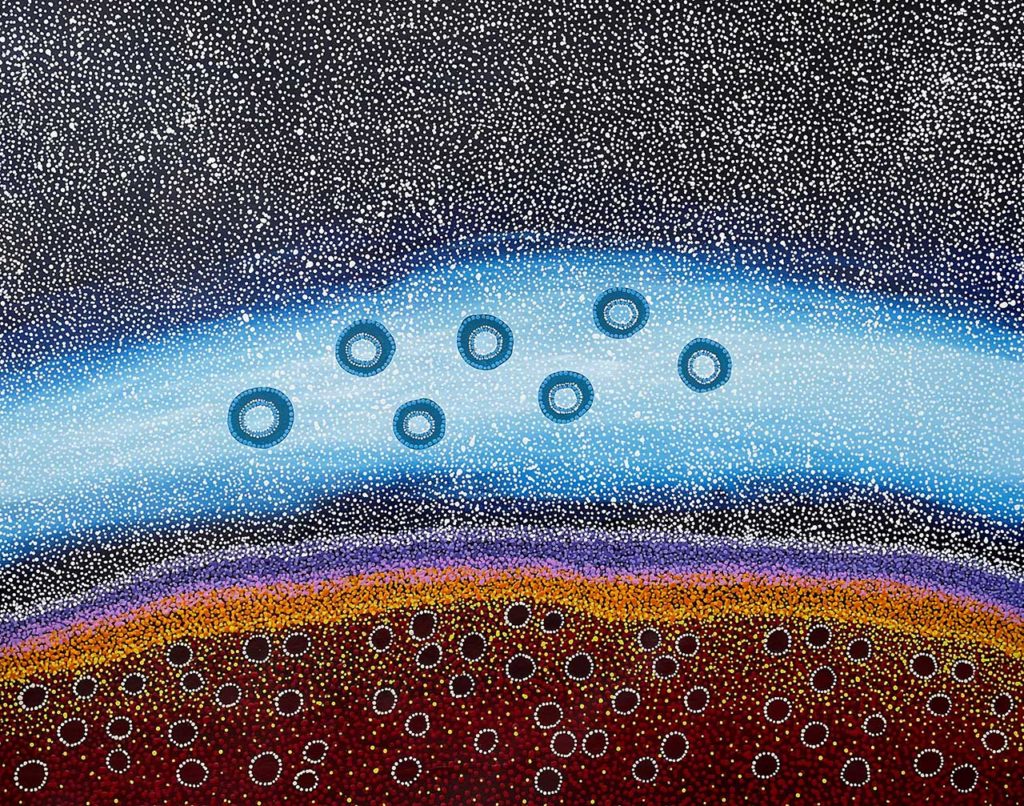
2022 Sonya Edney Solo Exhibition Walk Through
David Wroth from Japingka Gallery shares some of the highlights from the Sonya Edney’s 2022 solo exhibition. It’s always interesting to follow an artist’s evolution as she develops her painting style and explores her subjects. This is Sonya Edney’s third solo exhibition at Japingka Gallery. It’s fascinating to watch her reach further into the…
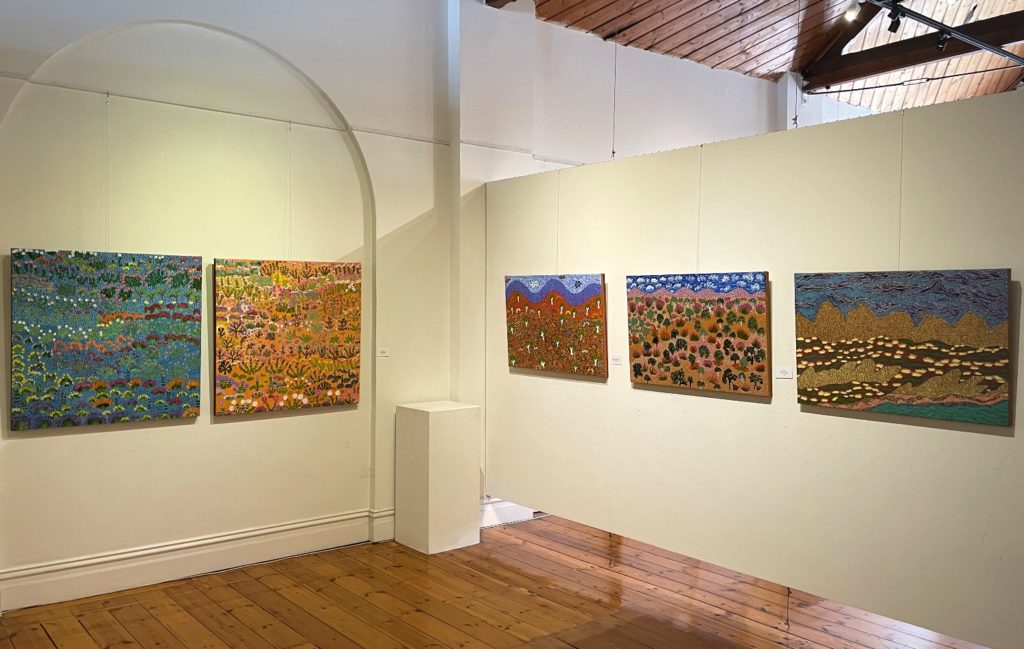
Barkly Artists 2022 Exhibition Walk Through
David Wroth from Japingka Gallery shows us some of the highlights of the 2022 Barkly Artists exhibition. Barkly Artists are a really interesting community arts organisation in their role covering a vast area of the Northern Territory. Included in this community exhibition at Japingka are the artworks from four different Aboriginal communities in Central Australia.…
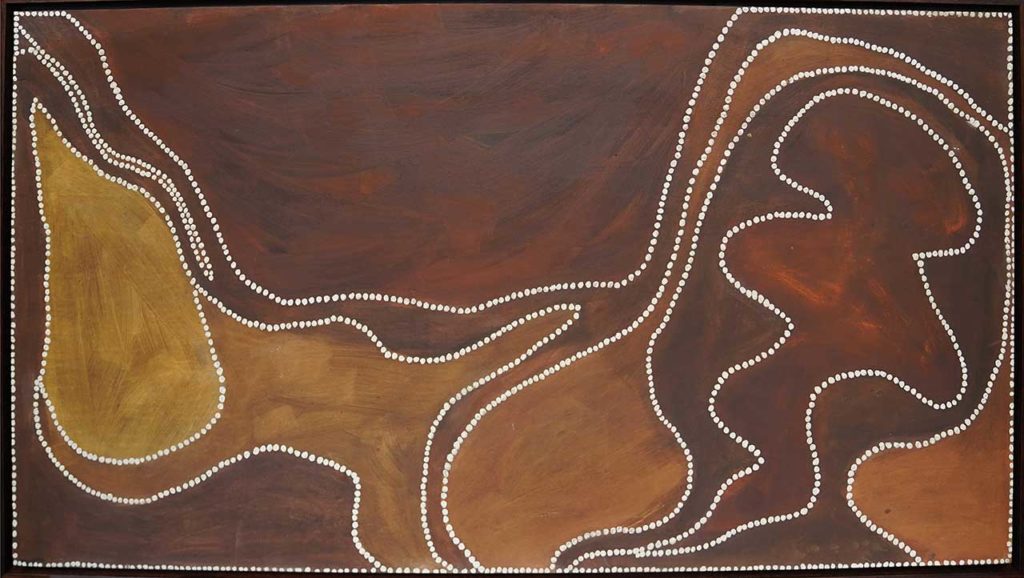
Rover Thomas Masterpiece Goes To Japanese Museum
In this article Japingka’s Ian Plunkett tells the story of how a Japanese museum came to buy a major work by the late Rover Thomas. The Approach Towards the end of last year, a major museum in Japan approached us about the works of the late great Rover Thomas, a Kimberley artist. He’s a well-known…
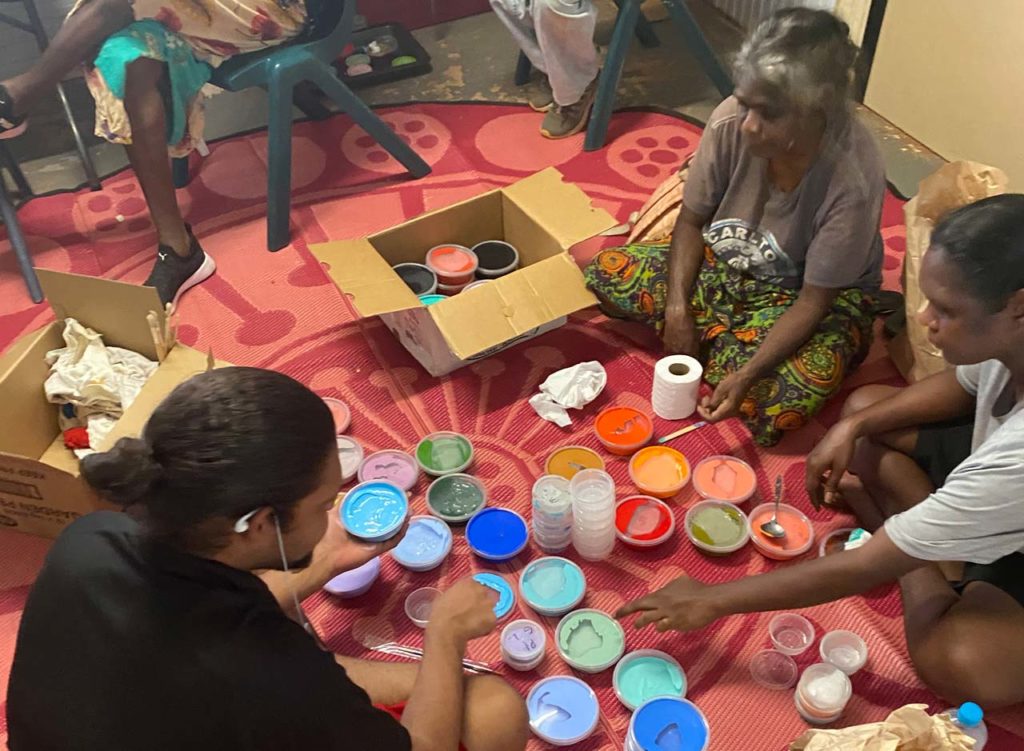
New Energetic Works From Barkly Regional Arts Communities
Katie Lynch is Visual Arts Manager for Barkly Regional Arts. The organisation covers an area of around 283,648 square km which is twenty percent of the landmass of the Northern Territory (NT). In this interview, Katie talks about the different work coming from each of the different communities and how the disruptions of COVID have…
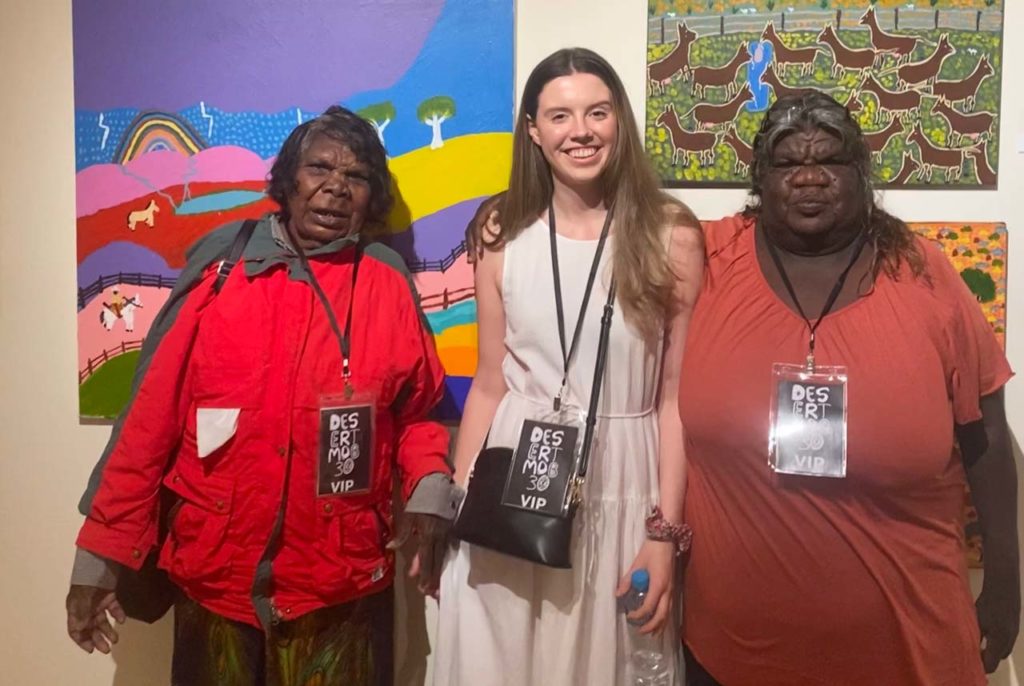
Something Interesting Every Single Day – Katie Lynch
Katie Lynch is Visual Arts Manager for Barkly Regional Arts. In this interview, Katie talks about the set of events that led to her taking on this role. She describes the surprises and what she loves about her job. How did you come into this role? What were you doing before you came to Tennant…
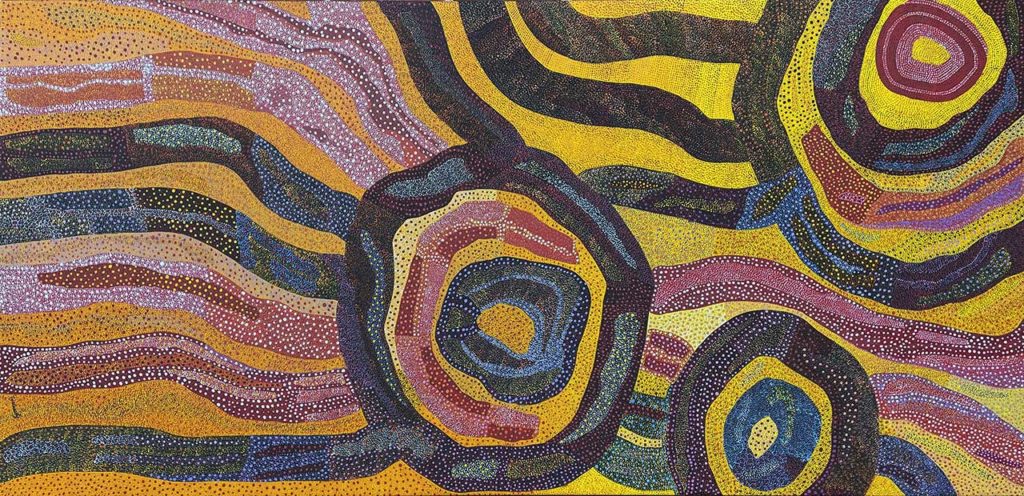
Yengi Kerri – Fire Bird by Helen McCarthy Tyalmuty
Yengi Kerre – Fire Bird – Helen McCarthy Tyalmuty Yengi Kerre – Fire Bird is a very special painting by a very special artist. It is a painting we sold quite a few years ago that has come back to us for resale as the owner is downsizing. It is painted by an incredibly distinctive…
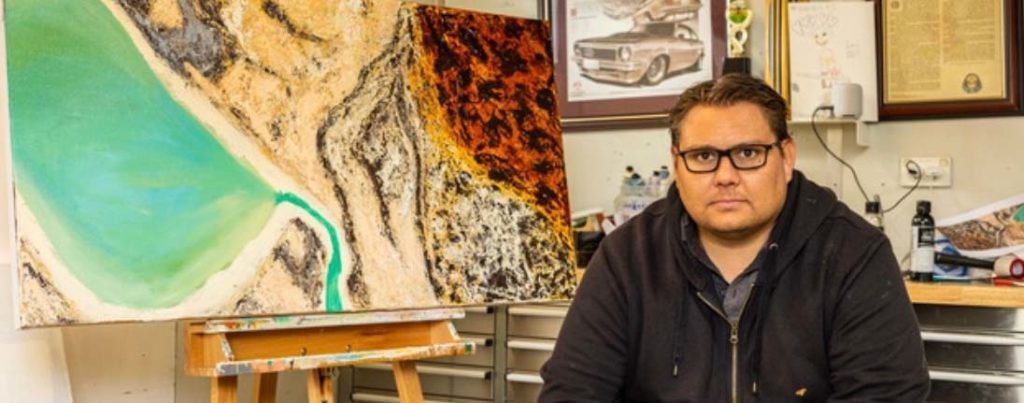
Rohin Kickett
In this interview, we meet Perth Aboriginal artist Rohin Kickett. He talks about his art, this year’s Fremantle Biennale project and his solo exhibition at Japingka Gallery planned for 2022. How do you describe yourself when you’re meeting someone for the first time? If I was introducing myself to someone from overseas, I would call…

Julie Nangala Robinson Exhibition Highlights
David Wroth from Japingka Gallery talks about some of the highlights from Julie Nangala Robinson’s new solo exhibition. I really love the mood of the new paintings from Julie Nangala Robinson. These works are all about the Water Dreaming site in the Tanami Desert and they create a mood in the gallery that feels like…
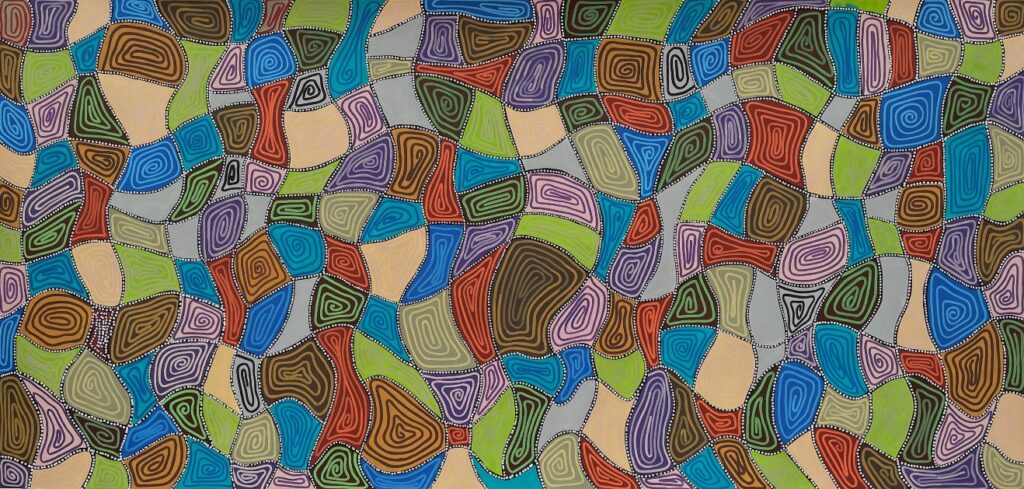
Yondee Shane Hansen Artist Profile – Noongar Aboriginal Art
Noongar artist Yondee Shane Hansen This artist profile interview presents Noongar artist Yondee Shane Hansen, discussing his art, traditional Dreaming stories and Noongar history. My Art Charcoal & Ochre My art story starts as a child. We’d find grey logs that had fallen on the ground. They were really nice and smooth. Sitting around the…
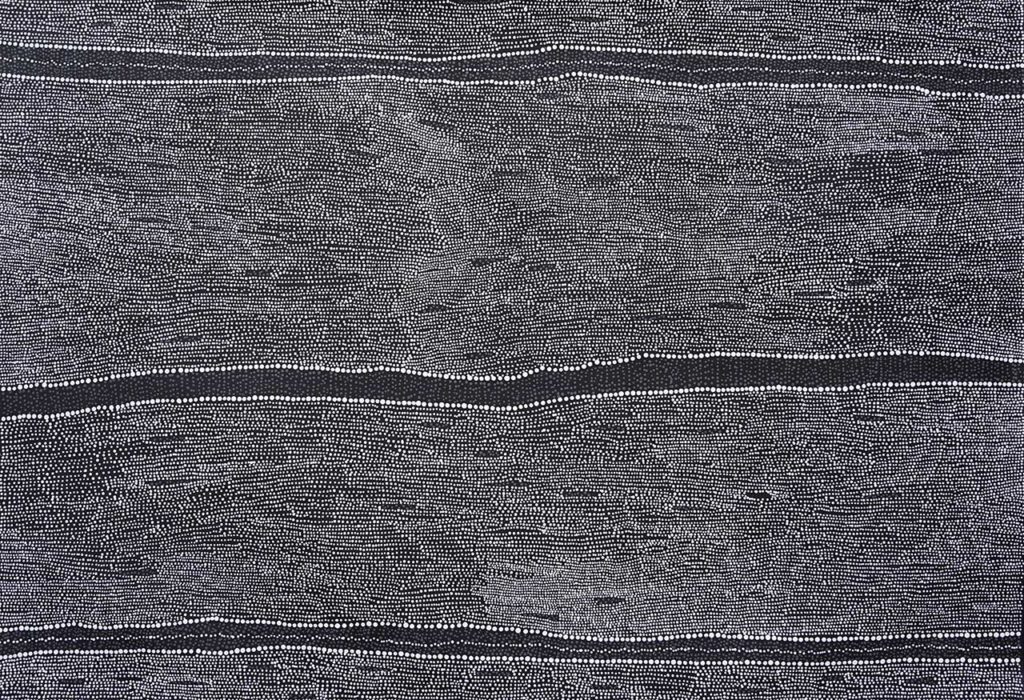
Pirlinyanu by Julie Nangala Robinson
Pirlinyanu | Julie Nangala Robertson | 018949 Our last exhibition by Julie Nangala Robinson was an unqualified success. We’ve never had so many inquiries about an exhibition, and it virtually sold out within a few days. We were swamped with email inquiries as soon as the invitations went out and sales over the phone and…

Julie Nangala Robinson Pirlinyanu Exhibition
Dorothy Napangardi’s Manager and long time friend, Roslyn Premont talks about Julie Nangala Robinson. Julie is one of Dorothy’s daughters and she is about to launch her solo exhibition at Japingka Gallery. Julie Nangala Robinson and her mother the late Dorothy Napangardi Can you tell me a little bit about how you know Julie…

Featuring Andrew Tjupurrula Highford
This Is My Culture, and This Is Who I Am In this interview, artist Andrew Tjupurrula Highfold talks about how he came to piece together his lost family ties and reclaim his connection to country and culture. I’m not a Western Australian. I’m from South Australia, and I’m part of the stolen generation. I grew up…
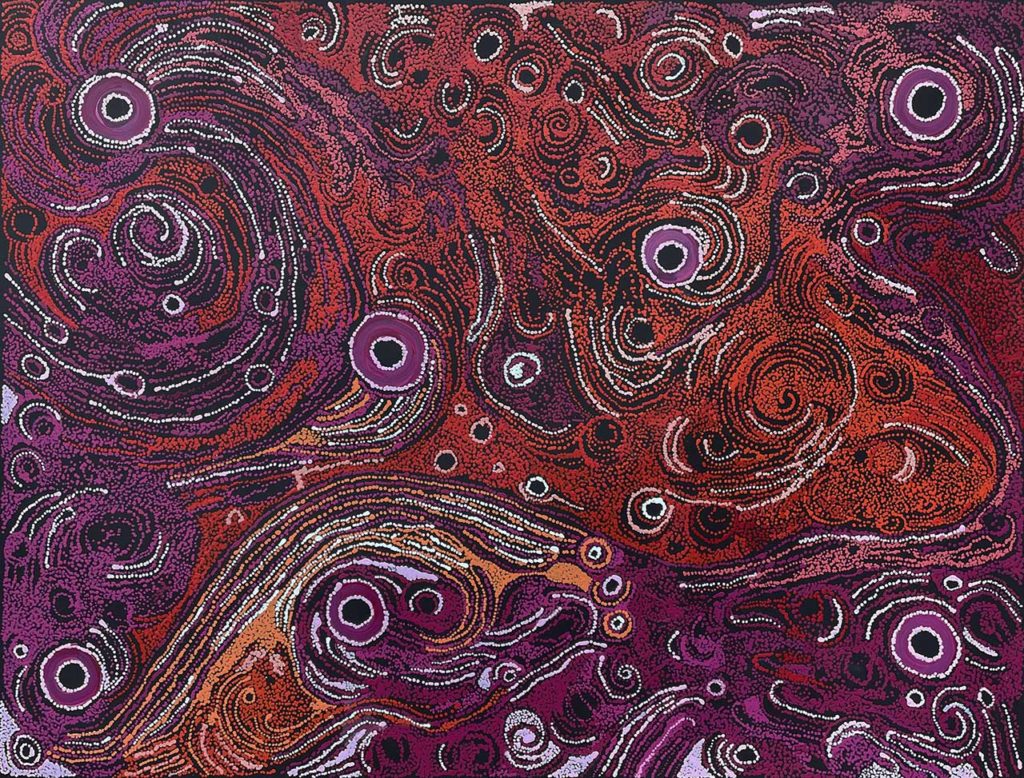
Anangu Women Artists 2021 Walk Through
This entire exhibition in Gallery1 has been produced by women artists from the APY Lands, with twelve individual artists contributing works to this beautiful show. They’ve called their show Strength in Beauty and its about the concept of the strength of those ceremonial stories, women’s stories, and the beauty, both in the paintings and…
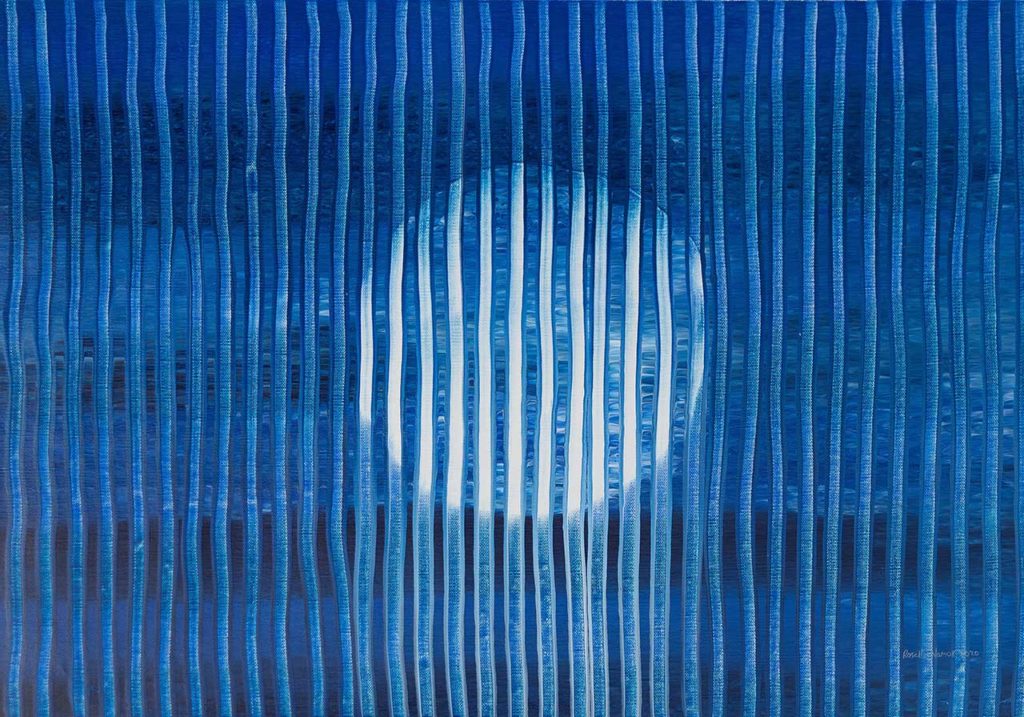
Rosella Namok 2021 Walk Through
David Wroth from Japingka Gallery talks about some of the paintings the new Rosella Namok exhibition. Rosella Namok is well known to viewers at Japingka Gallery for the solo exhibitions that she has held here over the past eight years. This year Rosella has contributed new works giving that monsoonal sense of summer heat…
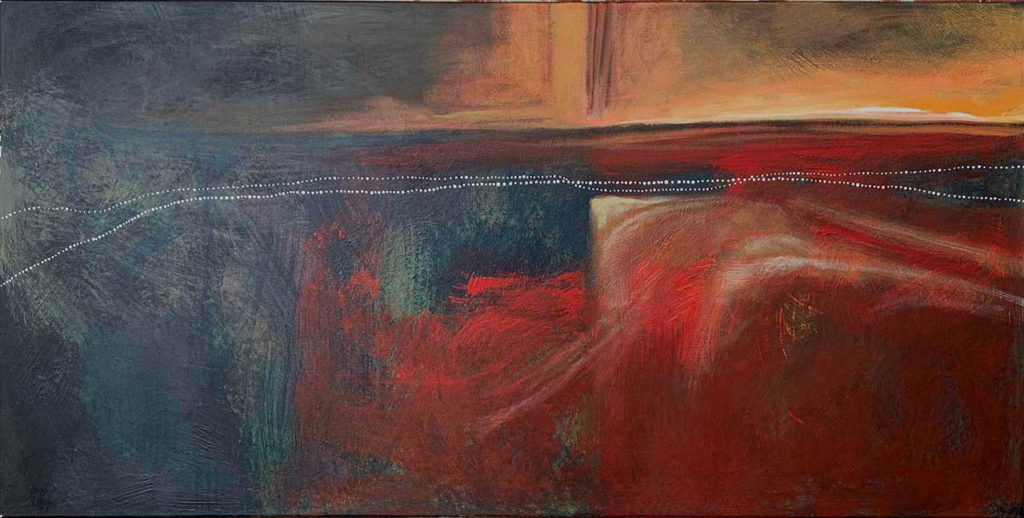
Masterpiece of Nyoongar Boodja Art By Shane Pickett
Ian Plunkett from Japingka Gallery talks about Timo Hogan’s masterpiece, featured in the latest exhibition from the The Spinifex Arts Project.
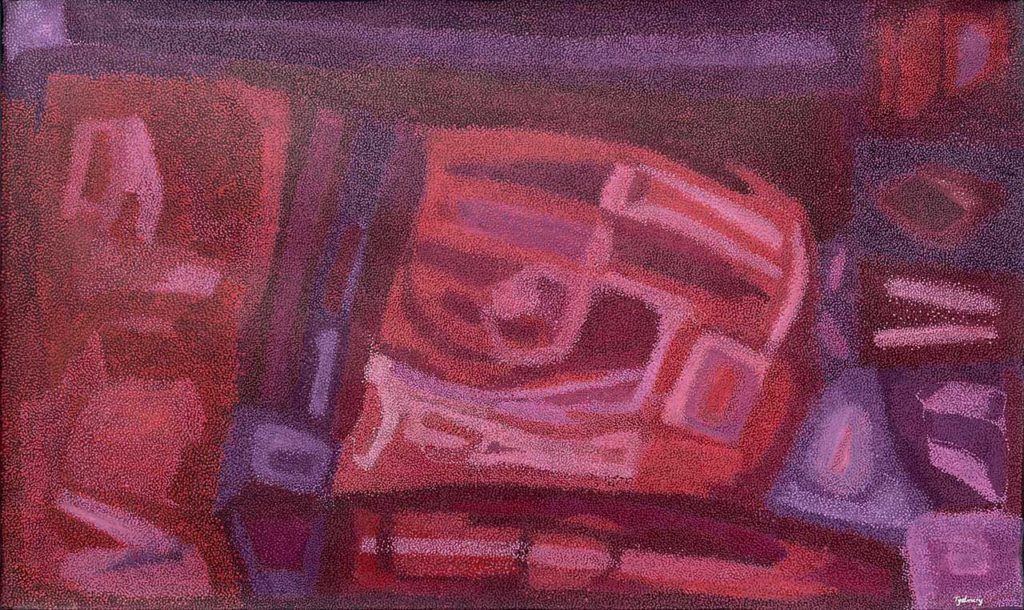
We Celebrate This Work By Helen McCarthy Tyalmuty
Ian Plunkett from Japingka Gallery talks about the Helen McCarthy Tyalmuty masterpiece.
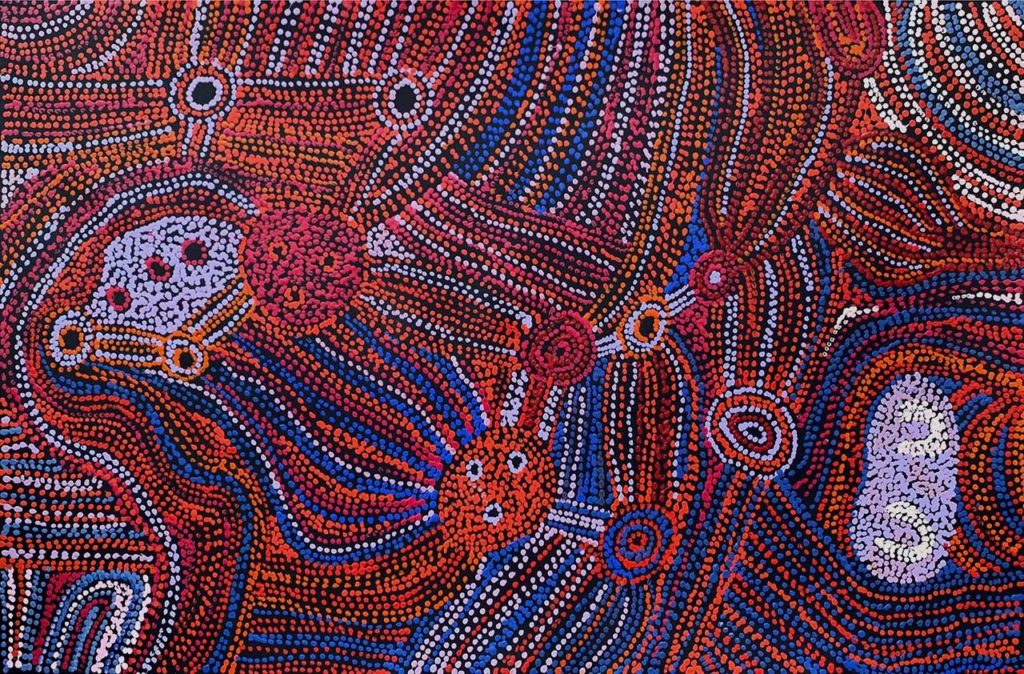
Studio Visit To Meet Anangu Women Artists
Artist Venita Woods In this article, we take you to the painting studio of a group of Anangu artists as the women prepare for their next exhibition at Japingka Gallery. The studio co-ordinator discusses how the artists work together and the sense of community that’s present when they come together. Feature Image Top Right: Janice…
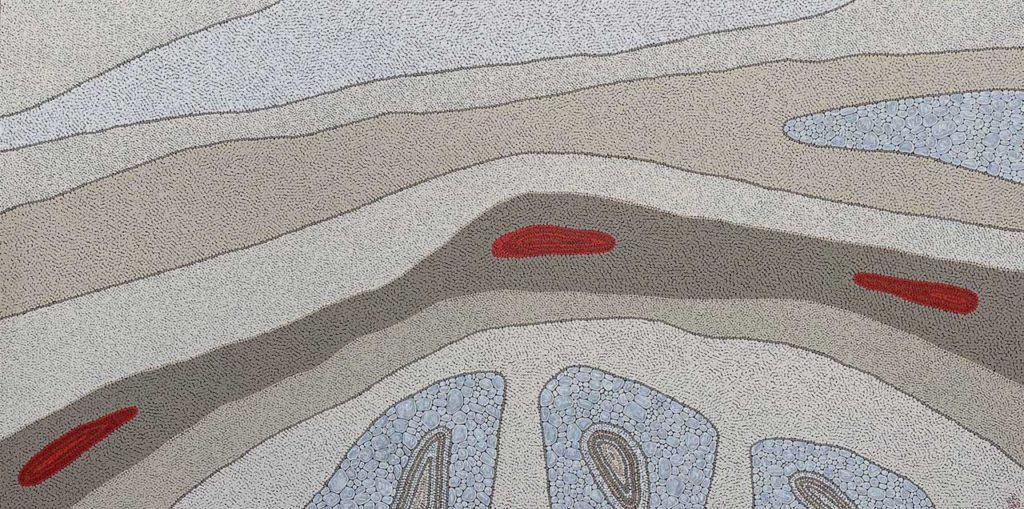
Kurun Warun Exhibition Walk Through
It’s a great pleasure to have Kurun Warun presenting his second solo exhibition at Japingka Gallery. His large paintings feel like drifting landscapes’ put together in soft tonal colours. They feel very much like the open country around riverbeds, showing how the country twists and flows but in quite a gentle way. Kurun Warun |…
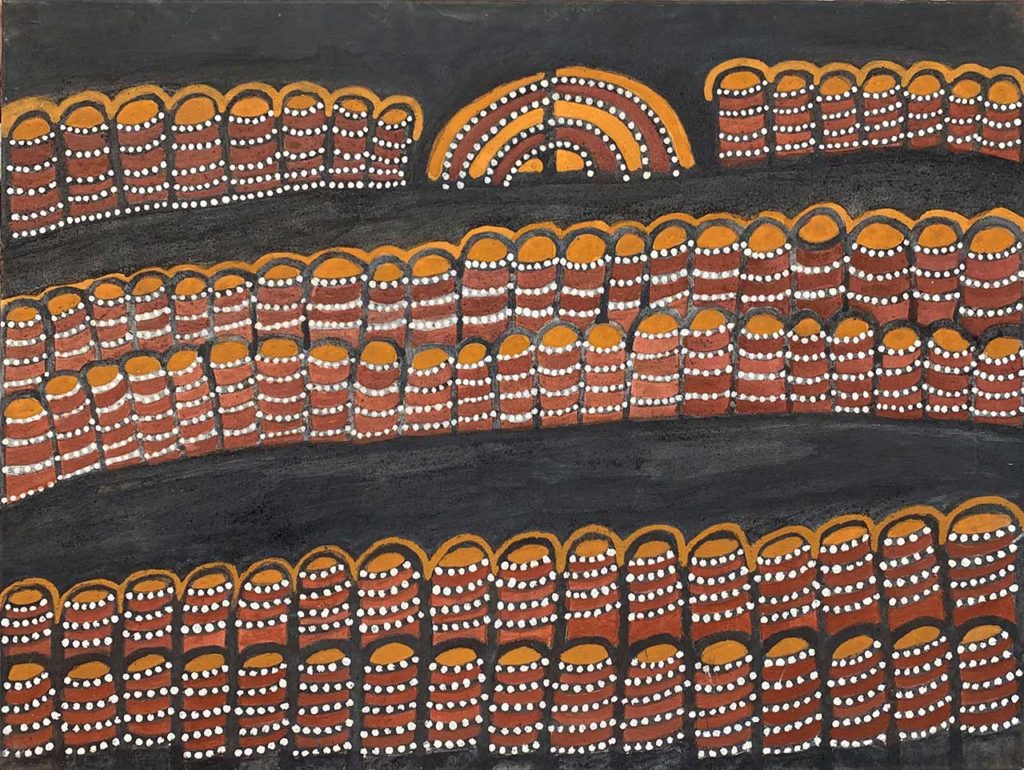
Rover Thomas & Kimberley Ochre Walk Through
It’s a wonderful experience to see a group of paintings by famous, now deceased artists. We are in the East Kimberley with collections from some of the really great names from Turkey Creek/ Warmun community. Artists like Jack Britten and Rover Thomas, Queenie McKenzie and Freddie Timms, and the slightly more contemporary Shirley Purdie. It’s…
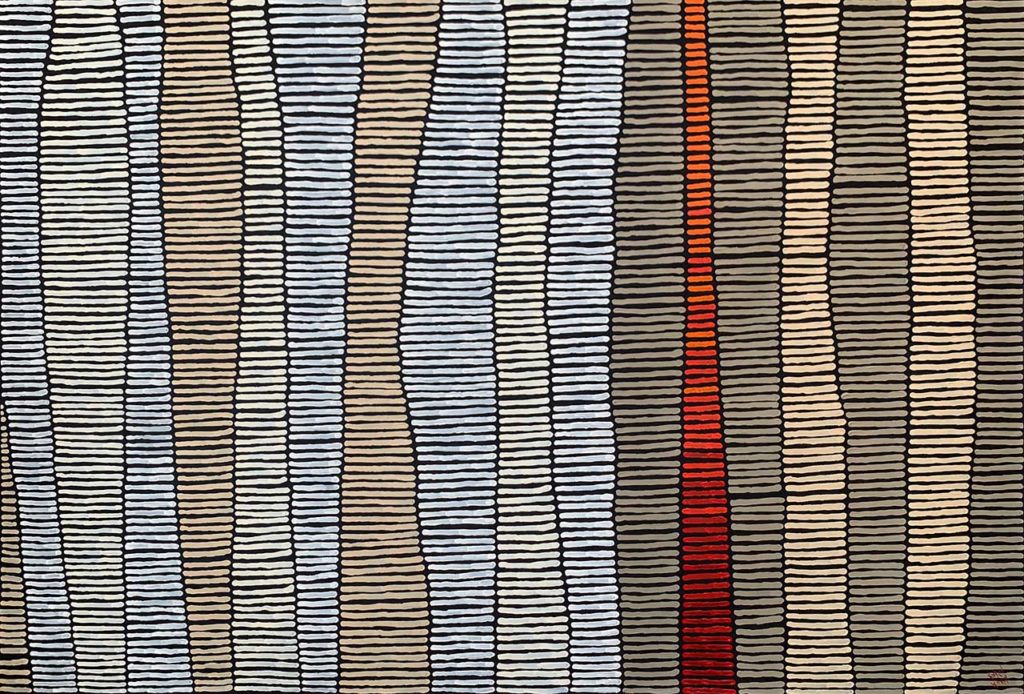
Kurun Warun Painting A Moment In Time
Artist Kurun Warun travels twice a year with a school tour group to a remote region of the Northern Territory. We caught up with him near Mataranka, 420 km southeast of the territory capital Darwin at a place called Bitter Springs. The Springs are part of the Little Roper system and are home to many…
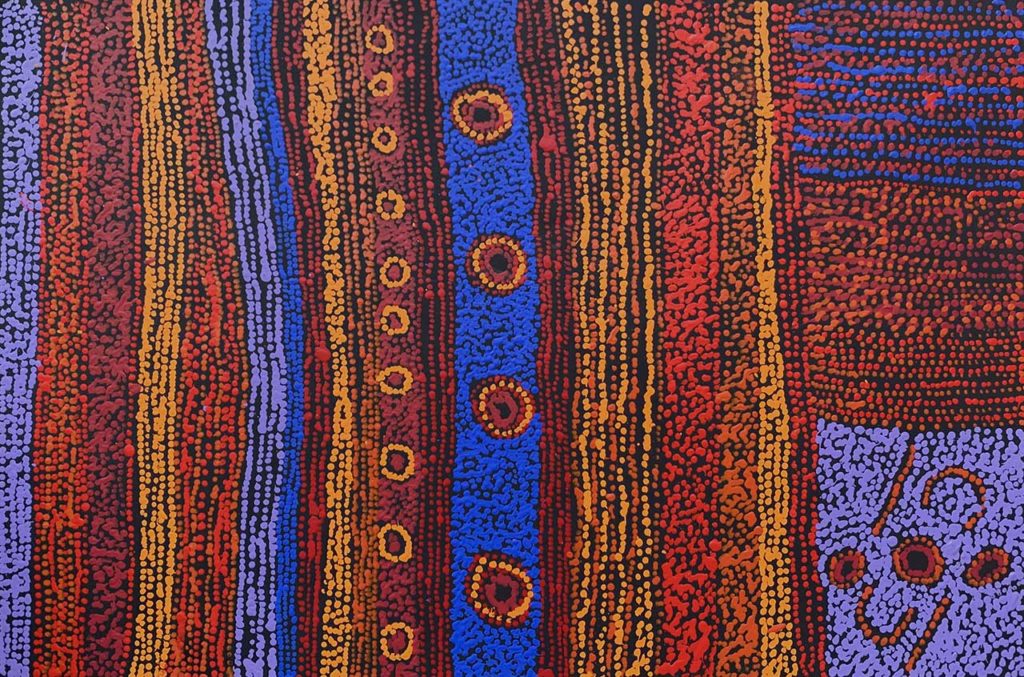
Art and Stories from APY Lands
Australia’s APY Lands What does APY Lands stand for? APY stands for Aṉangu Pitjantjatjara Yankunytjatjara. It is a remote area to the north-west of South Australia mostly inhabited by Aboriginal people living in small townships on their traditional land. How big is the APY Lands? APY Lands cover approximately 103,000 km², roughly as big as…
